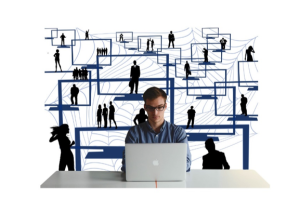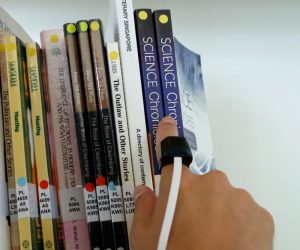Tamas Haidegger is the CEO/CTO of Hand-in- Scan & Adjunct Professor at Obuda University in Hungary Budapest. He is highly active within IEEE through the Robotics and Automation Society and currently representing Young Professionals. We interviewed him today to find out more about his research and his startup product Hand-in-Scan. Here is what he had to say to the Young Professionals around the world:
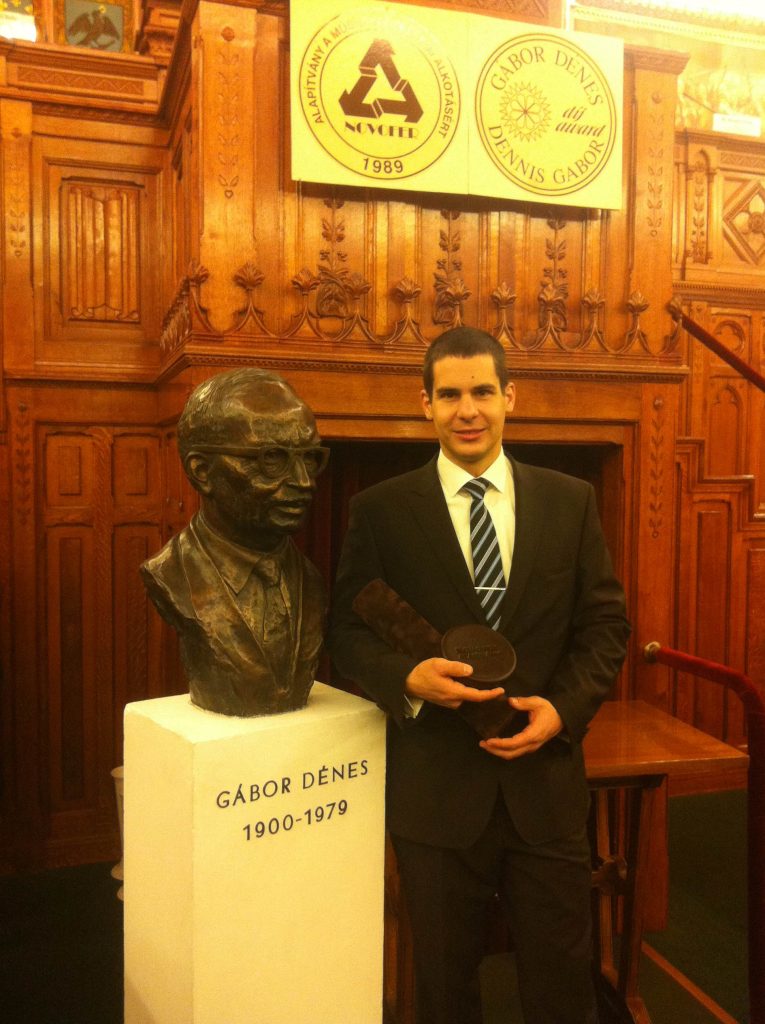
Hand-in-Scan’s CEO Tamas Haidegger was awarded the prestigious Dennis Gabor award in the Hungarian Parliament for his entrepreneurial achievements
Your Research is in the field of Long Distance Teleportation control. Could you elaborate on this?
I was very interested in Space Robotics and through a Physician colleague, who asked questions about the possibility about performing long distance surgery in space, my interest in this area increased. Despite the fact that surgical robotics started in 1975 with the aim to support Astronauts, there was no research on the physical consequences of space travel. Hence I chose the topic of my thesis to be the feasibility of such analysis and whether tele surgery will be possible.
Could you tell us more about the field of Long Distance teleportation control?
The field of Long Distance teleportation control became a hot topic in research when tele robotics became possible. There are a lot of transatlantic and transcontinental robotic research experiments that are undertaken in this area today. In the meantime, I still think that it is very extreme and the more we think about going to the moon and shooting from Mars the more interesting the area is becoming.
How did the idea of Hand-in-Scan come about?
The idea of Hand-in-Scan came from one of my students who worked in hospitals. He researched the process doctors and nurses sanitized their hands after surgery. There are a lot of market products but when not used properly can cause infections which actually happens more times than we know of. In the western world, statistics also say that about 200,000 people die because of secondary infections they receive at hospitals during getting a treatment. Hand-in-Scan is an engineering machine which scans hands to point out the missed areas after regular sanitization is done. There is also a reporting function in the machine which sends reports and statistics to the management for analysis to make sure that processes are running correctly.
When you had the Hand-in-Scan idea, how did you know that you wanted to turn it into an entrepreneurial opportunity?
For me, I definitely think that it was an evolution more than a revolution for me and initially I tried to acquire some research grants and some funding for this project but after struggling for a couple of years, we decided to run it as a business. And we had to really change our mindset from Academic to business oriented.
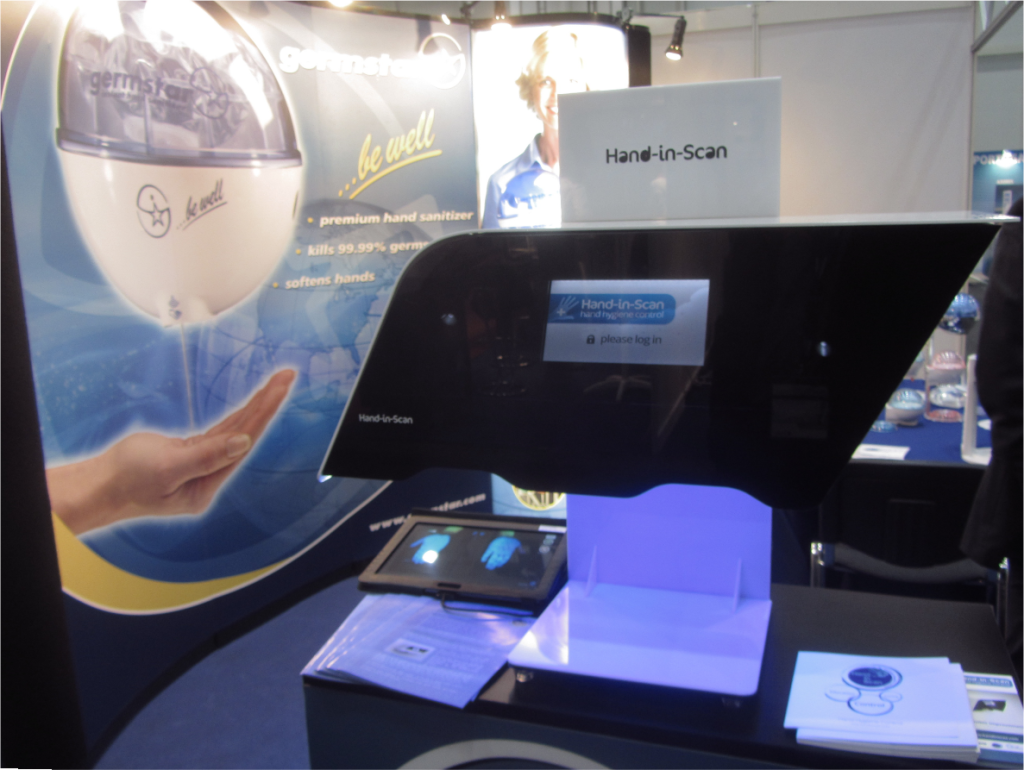
Could you share your experience working with the World Health Organization WHO in relation to the Hand-in-Scan product?
WHO has a special patient safety group consisting of users and companies who devote a lot of their time, energy and money to improve the standards of patient safety. One subgroup or committee is the hand hygiene group which consists of companies selling hand hygiene products and solutions and we are a part of that community and try to contribute towards better patient care.
With doing research, managing a company and teaching, how do you manage your time?
Excellence in research involves good methodology, very thorough basic knowledge and good people you work with can really make you successful in research and this can be translated into good startups. Teaching has provided me with the sales skills required to run this startup successfully. Also because the company is embedded into the university itself, management is something that I think I am doing well.
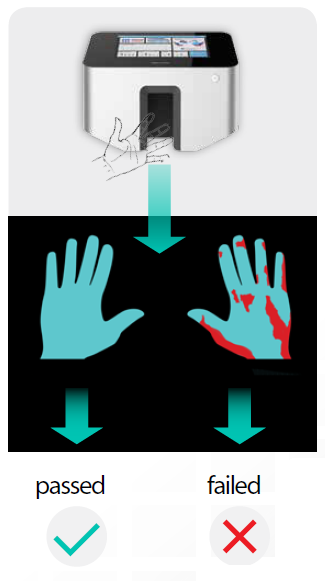
Where do you see yourself working in Technology in the future, while also working at the university?
I think the technology transfer process from university is a very interesting one because I think brilliant students deserve a chance to make their ideas a reality and university can help with translating some ideas into businesses if not all. And I think that is a very exciting future for students.
What role has IEEE played in your career so far?
Starting with 10 years ago, we were organizing small IEEE chapter events, organizing competitions and exchange programs for local students. I did not only get in involved in organizing events but also getting involved in community. Since then, throughout many years, I have attended many IEEE conferences and I developed strong professional connections which helped me in numerous ways. One of the best thing was that I met the best people in my field and once I got to know them, I could ask them questions any time and they assisted me all along. On the other side, IEEE does a lot of work in the business outreach direction as well. I gained a lot of regulatory knowledge from this which I used during the development of my project.
How has your experience been so far and do you have any special moments you wish to share with us?
I have a lot special moments working so far and I think if you cannot enjoy your work, then you need to change it. Two key messages that I really live by and would like to share with young professionals worldwide are that if you can enjoy your job, you will never have to work your entire life and that get smarter people aboard and make them excited about your problem. And this will help you be creative both in academic and business.
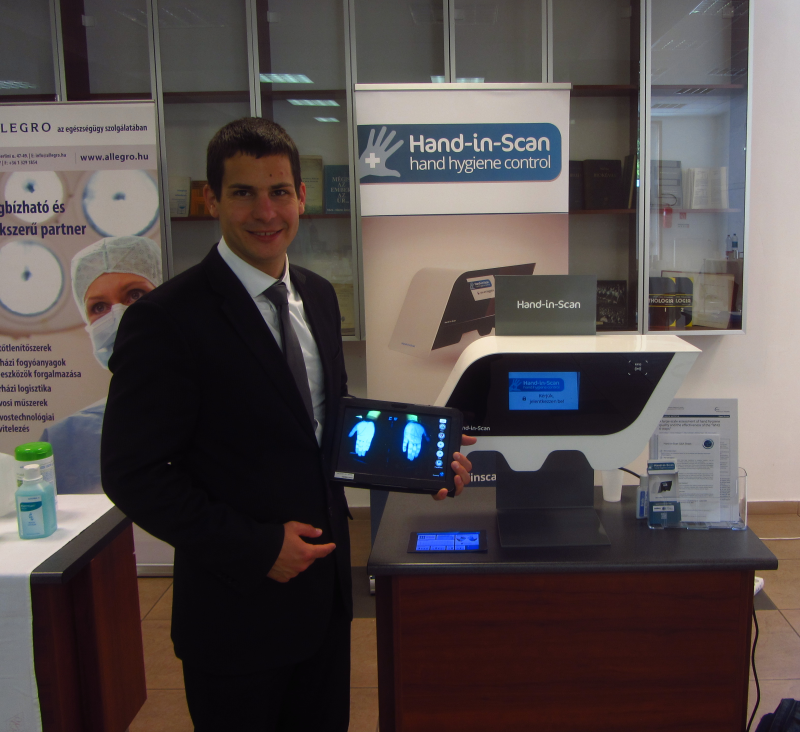
So what is your message to young robotics professionals around the world? What can they look forward to in the future in Robotics?
This field is growing immensely and the rise of new systems and new companies is unprecedented. The Robotics and Automation society grew from 9000 members to over 12000 members now and I am not talking about amateur member students, but professionals who are currently working in this field. Robotics is integrating into my life increasingly. So this is a good time to join if you are interested, more over if you have an idea which has not been explored before, you can get paid to actually get it into fruition by forming a team.
The team at Young Professionals thanks Tamas for this amazing insight into the world of Robotics. It sure is a field that is growing tremendously and is always hungry for more innovation.
Interview conducted by Shashank Gaur, IEEE Young Professionals
Interview transcribed by Sneha Kangralkar, Assistant Editor, IEEE IMPACT
Tags:EntrepreneurshipTechnology




